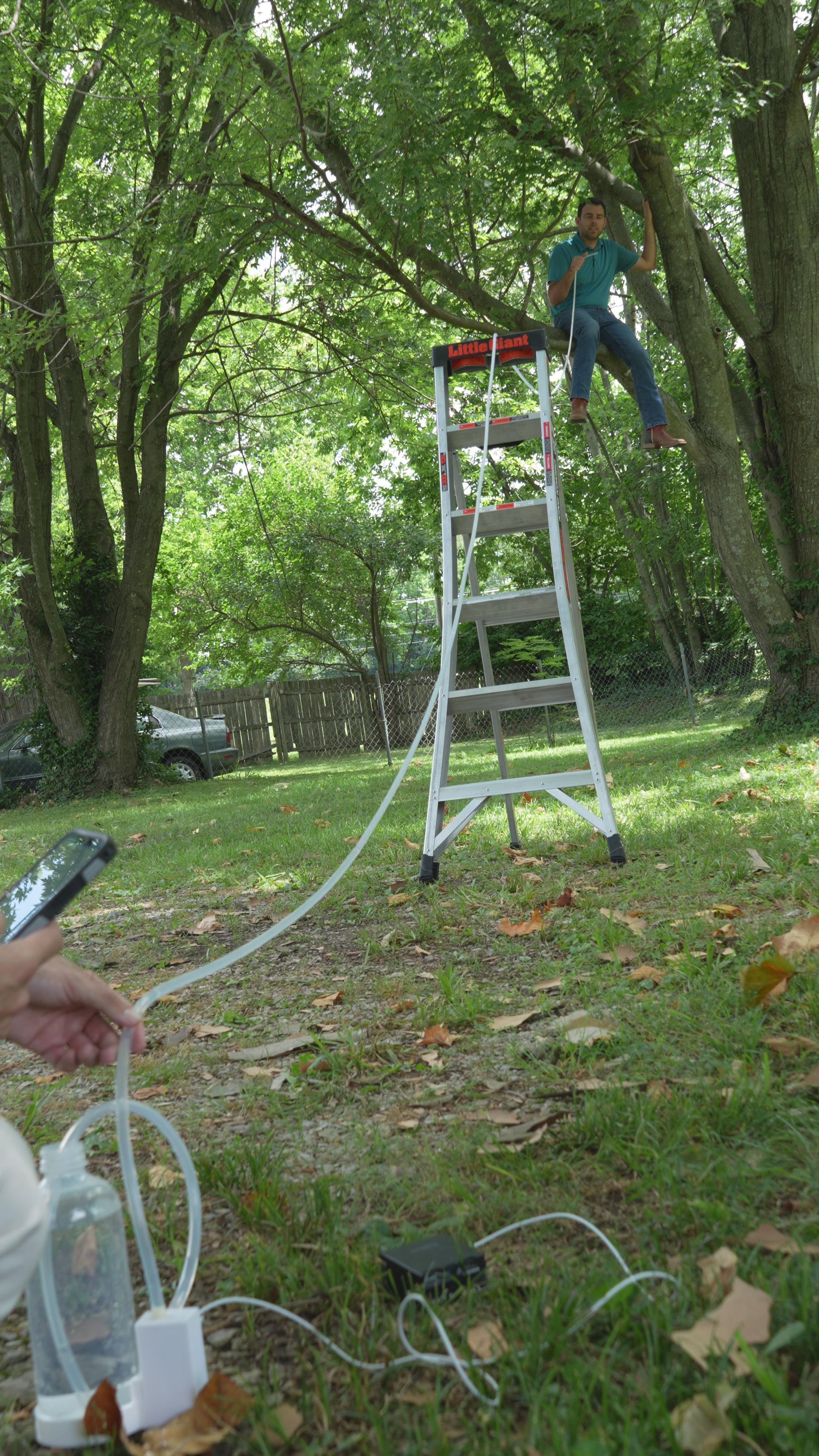





















PLT-1 Plant Sensor
- Regular price
- $27.99
- Sale price
- $27.99
- Regular price
-
The PLT-1B does not include a battery or charger due to shipping constraints. Users will need to source their own rechargeable 18650 for the battery version and a charger. Battery life is estimated at 6 months based on a quality rechargeable 18650 and the default sleep / wake settings.
The PLT-1 is an indoor plant multisensor that measures soil moisture, air temperature, humidity, LUX, and UV. It also features an onboard piezo buzzer and addressable RGB LED. Soil temperature can be measured using the optional temperature probe add-on. The sensor comes in a battery (B) and non-battery version, with the non-battery version being significantly smaller.
The PLT-1 uses a capacitive soil moisture sensor, which offers much better accuracy and durability compared to resistive sensors. Additionally, the ground contact portion is protected with a conformal coating, ensuring longevity and resistance to environmental factors.
Good sources for batteries:
USA: https://imrbatteries.com/products/samsung-35e-18650-3500mah-8a-battery
EU: https://www.nkon.nl/
We hope to build a community on our Discord and continue delivering products the community wants. Our team will be there to help answer any questions, suggestions, or problems you might have.
Join our Discord.
Please see our Apollo Wiki for more information.





















